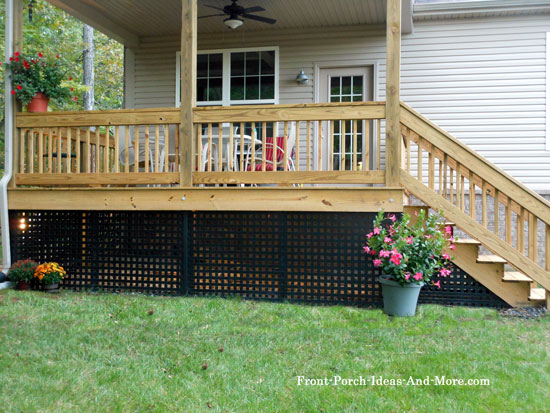Mike Conrad – Division Chief Operations Aptos La Selva Fire Protection District
This month is part two of my two part series based on protecting your home from wildfires.
Last month I talked about Defensible Space around your home, this month I want to address ways to harden your home. Hardening your home is about ways to increase the fire resistance features of your home.
Starting at the top make sure your roof is free of tree litter, dry leaves and needles are very receptive to sparks and embers. Your roof should be covered with a Class A material, which includes composition, shingles, tiles or metal. Wood shakes and shingles should be replaced as soon as possible you may also be able to treat them with a fire retardant material but this is a short-term solution. Contact a roofing company for more information.
The gutters around your roof line should be kept clear of debris and covered with screens to keep tree litter out and to reduce the chances of sparks and embers from igniting a fire.
Exterior walls should be constructed with a fire resistant or proof material as well. Stucco and cement are excellent materials for providing protection from fire. Wood siding can also be treated but again this is a short-term solution and the treatment will need to be repeated as per the manufactures recommendation.
Ventilation openings under the eves can be an avenue for sparks and embers to enter your attic space. You can pre-cut plywood to fit these openings. These covers can be quickly installed when warned of a fire in the area.
Windows are also a common point that allows fire to enter homes. To provide protection, windows should be doubled paned, tempered glass to protect the windows from breaking and letting fire or embers inside.
If you have a crawl space under your home, these vent openings should also be protected with covers the same way as the attic vents. Have pre-cut plywood ready to install over these vents.
If you have an attached deck to your home that is open underneath, it should be closed off with sheets of plywood or preferably fire resistant materials similar to your homes siding.
Do not stack firewood near your home or your outbuildings. Embers can easily ignite the wood that can easily spread to your house.
Have several garden hoses available around your home. You should have enough length to be able to reach every part of your home’s exterior. If you have a private well, install an emergency generator so you will have water even when the electricity goes out.
These hardening steps in combination with good defensible space will give your home the best chances of surviving a wildland fire.
For more information please contact your local fire department or visit the Cal Fire website at www.calfire.ca.gov for more information.

